5 Helpful Tools For Physical Therapy in 2023
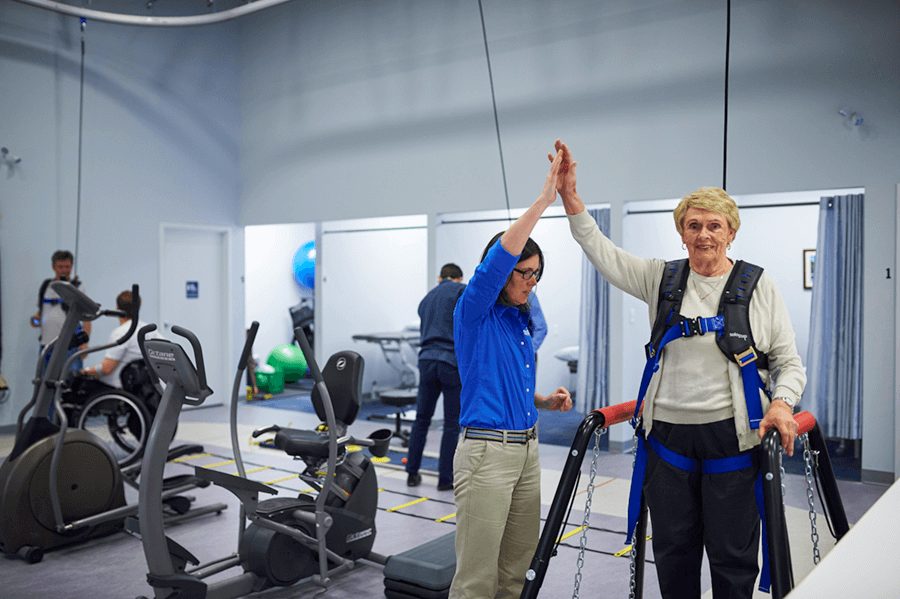
Physical therapy plays an essential part in the rehabilitation process for many patients that are recovering from injury or dealing with chronic conditions. A variety of tools and equipment can help your patients regain strength, mobility, and function. In this blog, we’ll discuss five helpful tools for physical therapists and the benefits of using each of them!
Shuttle Balance Systems
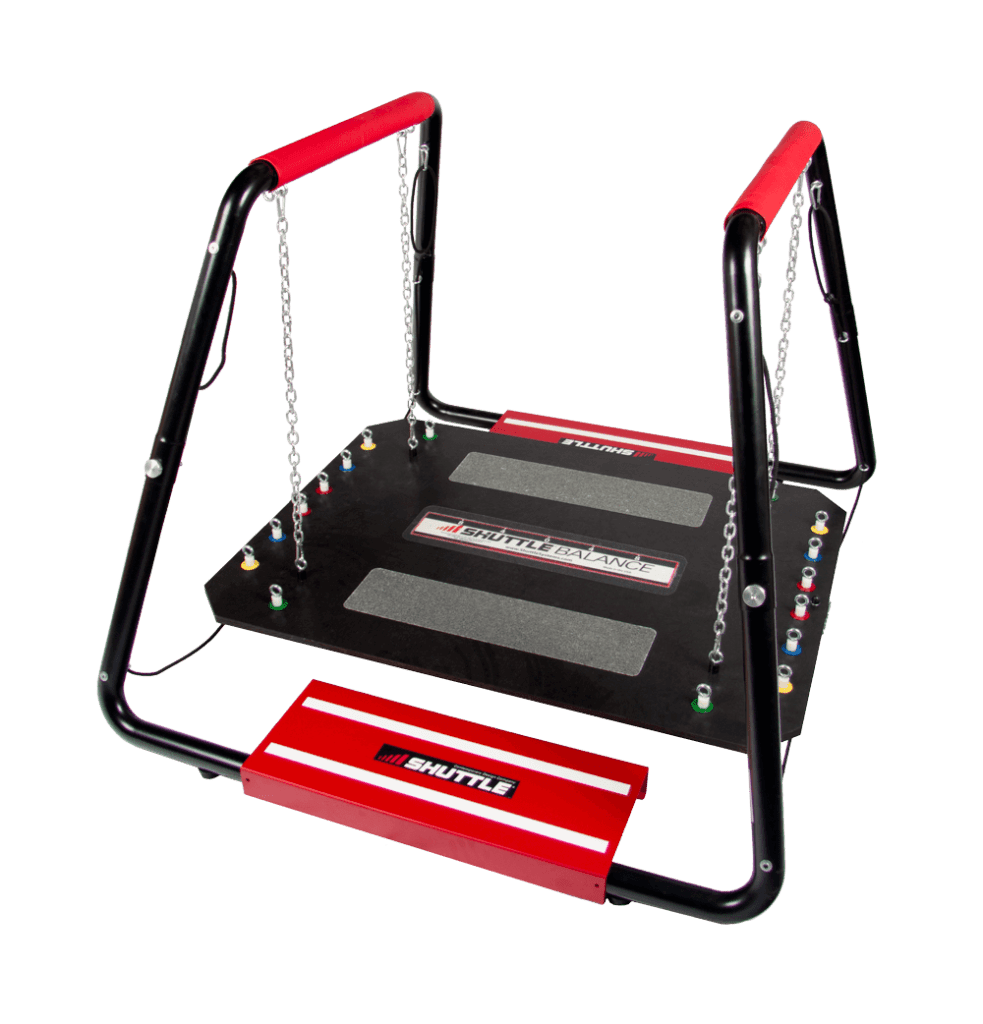
A Shuttle Balance system is a dynamic platform that simulates a slip-through motion in all horizontal planes. As your patients get on the Shuttle Balance, they may feel unsteady at first. The system forces your patient to focus on maintaining their balance while performing various tasks depending on their comfort level (lifting one leg, crouching down, swinging a baseball bat, etc.). Your patient’s balance and coordination will be challenged during the use of the Shuttle Balance. Some benefits of using the Shuttle Balance system include:
- Improved balance & coordination
- Increased lower body strength
- Decreased fear of falling
- Improved gait speed
Virtual Reality Balance Systems
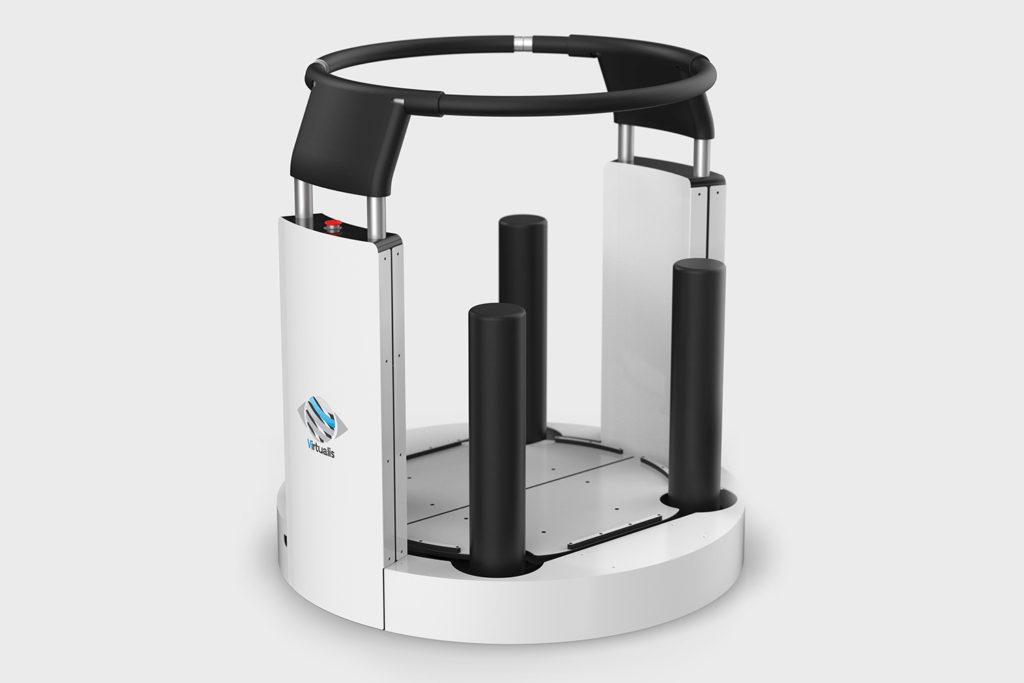
Virtual reality (VR) is a relatively new technology used during physical therapy but is already proving to be highly effective for your patients. These systems use VR technology to create a simulated environment. Your patient can practice balance and mobility exercises in an immersive and fun way. Many systems, like the Virtualis VR system, can test your patient’s balance, coordination, and mobility while providing helpful information. Some benefits of using virtual reality during physical therapy include:
- Improved balance & coordination
- Improved gait speed
- Ability to perform balance & coordination assessments in VR
- Helpful in reducing motion sickness
Overhead Track & Harness Systems
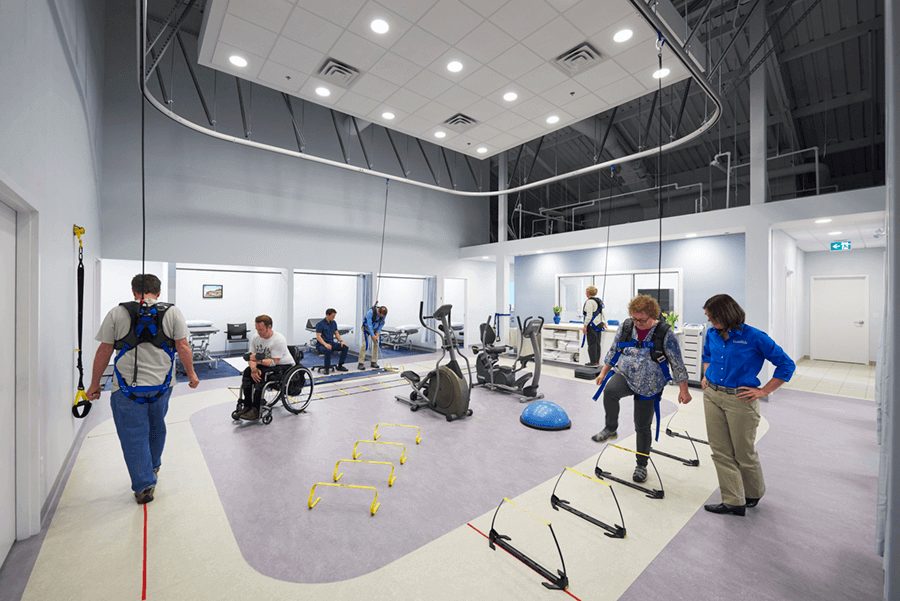
Overhead track and harness systems, like the Solo-Step, are very effective in keeping your patients safe while also ensuring the safety of the physical therapists. They allow your patients to move freely and safely during various exercises. The system consists of a ceiling-mounted aluminum track with a harness attached. The therapist can adjust the level of support provided by the harness, allowing the patient to work on balance, mobility, and strength while minimizing the risk of falls or other injuries. Some benefits of using an overhead track & harness system during physical therapy include:
- Increased confidence
- Decreased fear of falling
- Increased strength, balance, and coordination
- Increased gait speed
- Safety against falls and injuries
Suspension Trainers
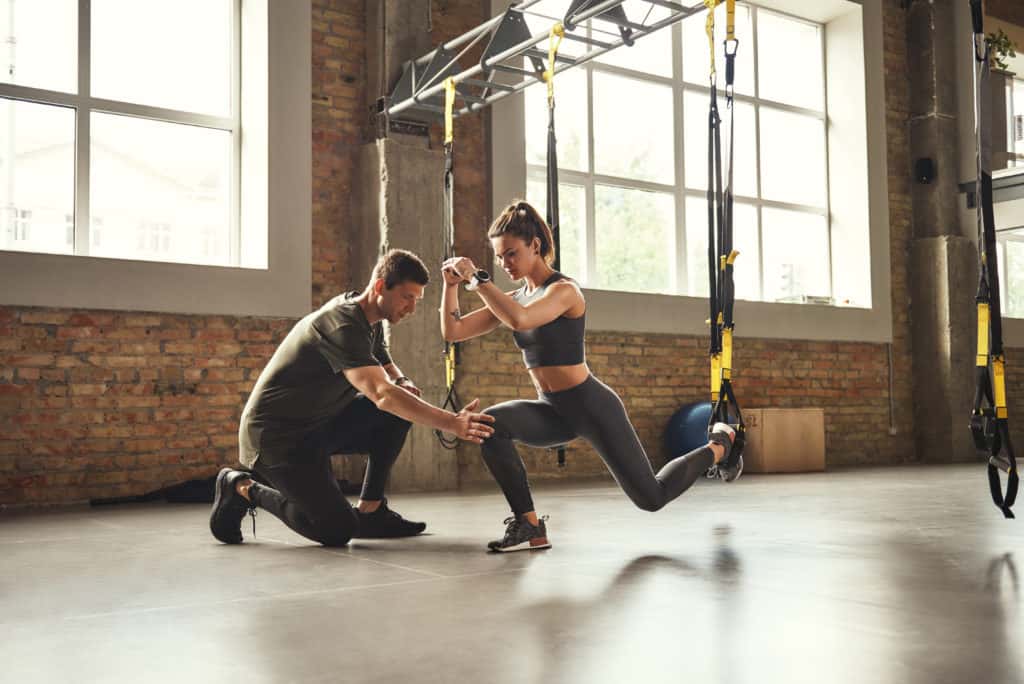
Suspension trainers allow patients to work on strength and stability using their body weight. Suspension trainers, like the TRX suspension trainer, are helpful for patients recovering from upper body injuries or conditions like shoulder impingement or rotator cuff tears. They can be used for a variety of exercises targeting different muscle groups. Some benefits of using suspension trainers include:
- Improved strength
- Increased flexibility
- Enhanced balance and stability
- Reduced joint strain
- They can be used for a variety of exercises
Balance Boards
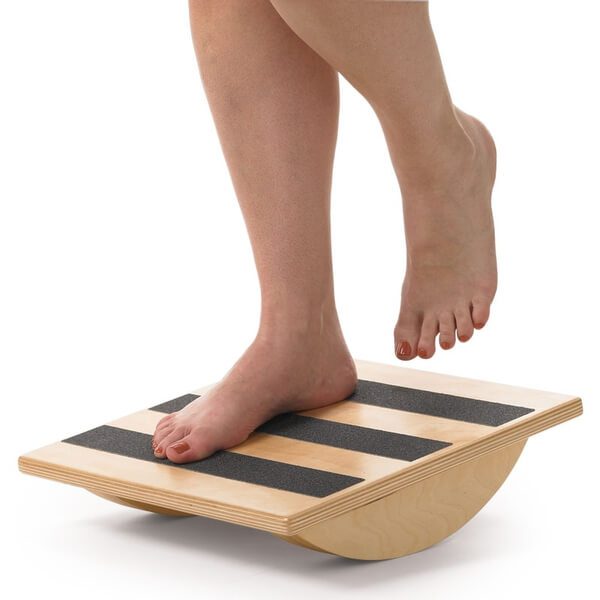
Balance boards can help improve your patients’ balance and stability. They are low-impact and can be adjusted to accommodate different fitness levels, which makes them a great option for individuals recovering from injuries or suffering from joint pain. Some benefits of balance boards include:
- Improved balance and coordination
- Enhanced proprioception (the body’s ability to sense its position and movements)
- Increased core strength
- Reduced risk of falls
These five tools are just a few examples of the many helpful tools for physical therapy. Each tool serves a specific purpose and can be used to help your patients recover from injuries, improve mobility and function, and maintain overall health and wellness. If you are a patient, talk to your physical therapist about which tools and exercises that will benefit you in your specific situation!